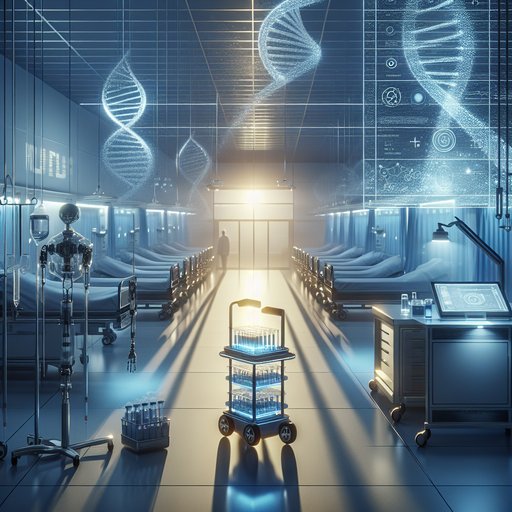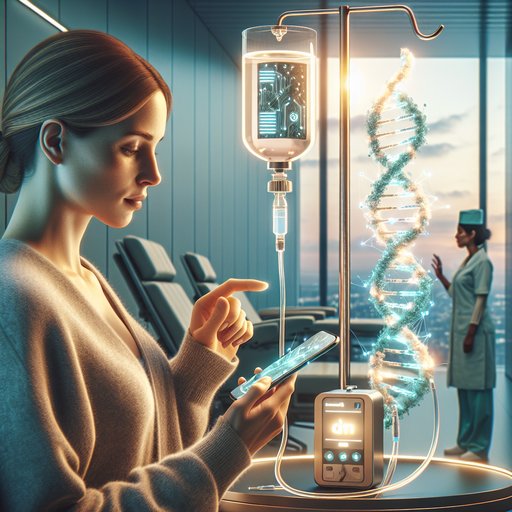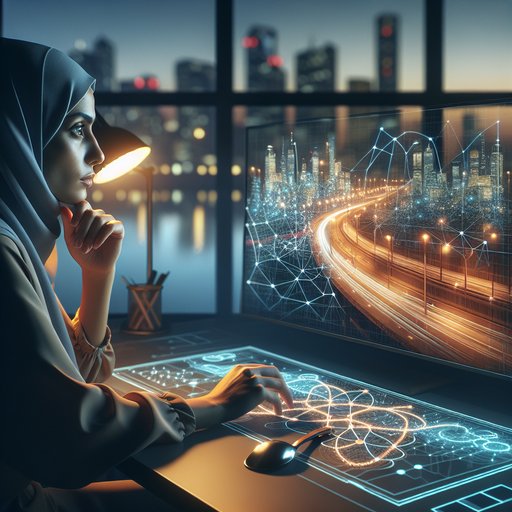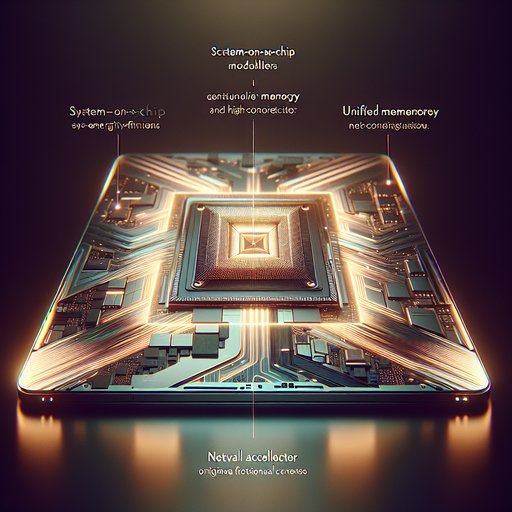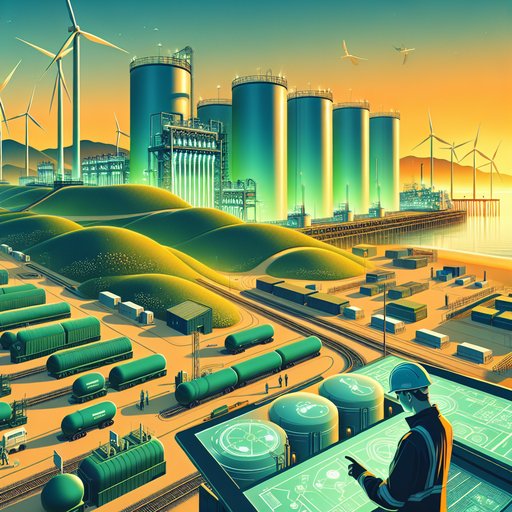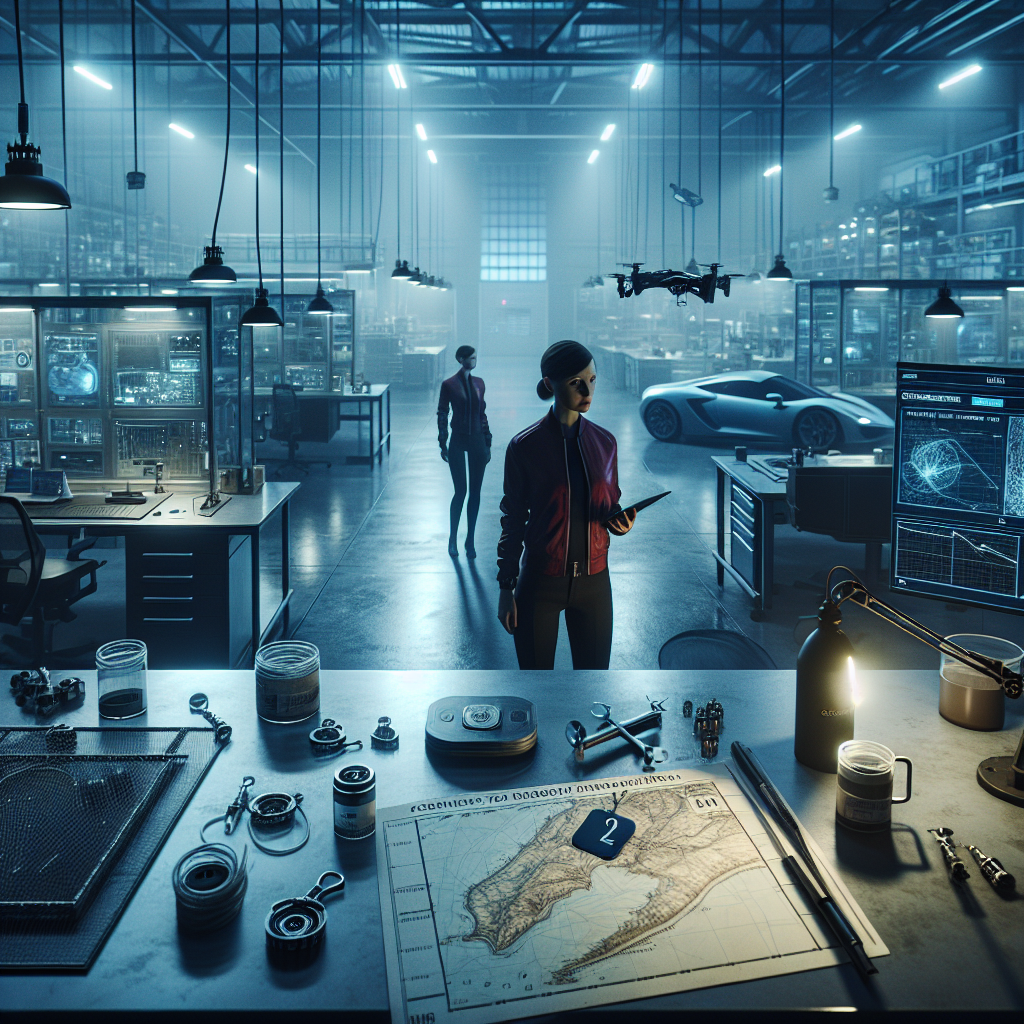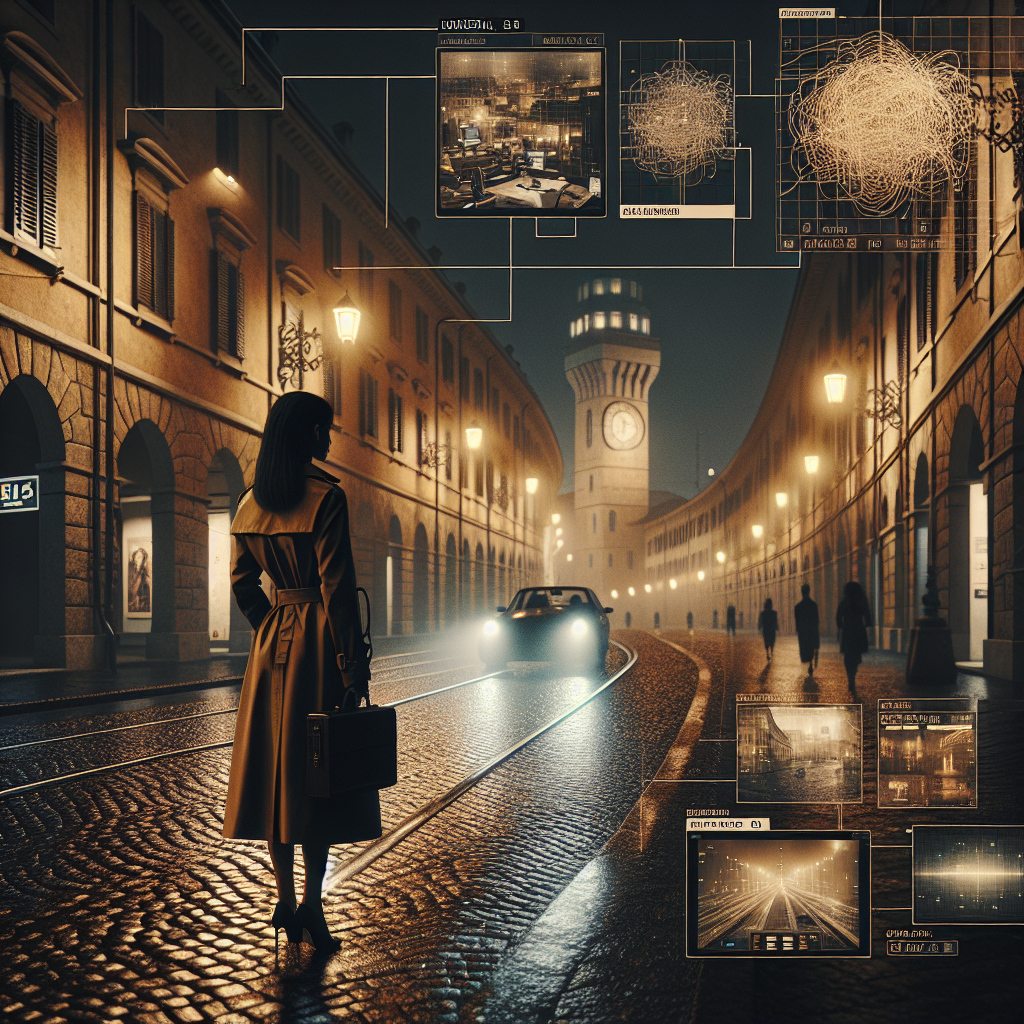
The incredible leaps made in Augmented Reality (AR) and its potential fusion with Metaverse technologies promise an unimaginable future where physical and virtual realms seamlessly intersect. From their conception, there has been an extraordinary evolution in how users interact with digital content and the manner in which it affects the real world. This transformative journey of AR and the budding Metaverse paints a telling picture of the poetic interplay between technology and the human imagination, and the profound implications for future societal structures.
In the initial stages, AR technology was essentially an overlay of digital content on to our physical world, enhancing the perception of reality. It was initially employed to aid complicated processes, like manufacturing, or for recreational use in gaming. However, with advancement, AR began creating immersive environments, facilitating more pointed interactions with digital constructs. Simultaneously, Metaverse, an expansive, shared digital universe where users interact via avatars, started gaining traction.
The concept embodied in science fiction for decades, suddenly seemed within arm's reach with breakthroughs in Internet connectivity, virtual reality (VR), and AR technologies. The integration of AR with Metaverse concepts now promises a multidimensional digital universe, continuously evolving with user interactions. This convergence has the potential to rebuild social, economic, and even political structures in the digital realm. User experiences can pervade beyond the screen, allowing interactions with digital objects as if they shared our physical space.
With the forthcoming spatial internet, users will interact with the Metaverse in a three-dimensional manner. More profound than any desktop experience, it will allow users to populate digital space with data, imagery, even entire presences. The growth of 5G and eventually 6G will significantly aid this process, with their speed and lower latency promising real-time interactions. Yet, there are challenges that need addressing.
Privacy and data security issues pose significant risks in an environment that promises to intertwine our digital and physical selves. The possibility of creating digital divides and the impact on mental health in a continually Augmented Reality also needs consideration. On the positive side, it could revolutionize education and work, by altering how information is presented and absorbed, and potentially eliminating geographic divides. Moreover, industries like real estate, tourism, and retail could be transformed, as users can investigate, explore and even touch options virtually.
Conclusively, the evolutionary journey of AR and the emerging Metaverse offers an intriguing look into the future, a world restricted only by human imagination. The societal implications and transformations in terms of communication, information dissemination, and even our understanding of reality could be monumental. As we forge ahead, the tale of this harmonious fusion of technology serves as a reminder of the human drive to reimagine boundaries and create newer realities.






































